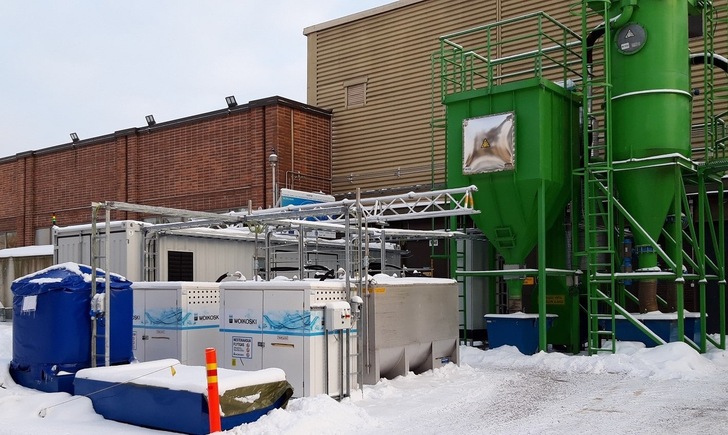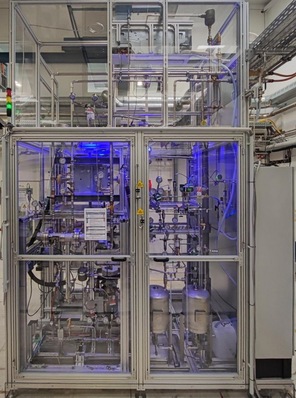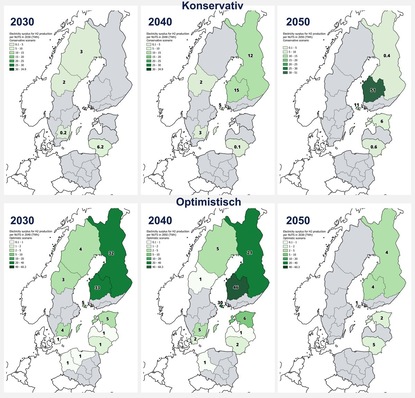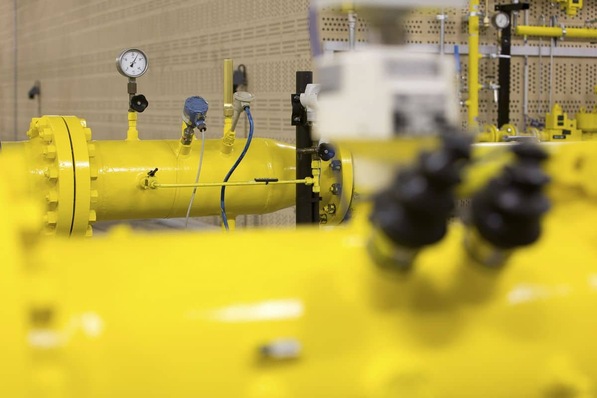The automotive and industrial supplier Schaeffler is talking of a milestone for its own hydrogen strategy. “Hydrogen technology will play a key role in CO2-neutral, sustainable mobility, including energy supply and is for Schaeffler of strategically significant importance,” confirmed Uwe Wagner, member of the research and development managing board.
Schaeffler is working with Erlangen-based company Hydrogenious LOHC Technologies and the Helmholtz renewables research institute (Helmholtz-Institut Erlangen-Nürnberg für Erneuerbare Energien, HIERN). The partnership is to accelerate the development of an H2 fuel cell. Specifically, a fuel cell that uses a liquid organic hydrogen carrier (LOHC). According to information by the company, Schaeffler wants to bring its expertise in industrialization and know-how in materials, forming and surface technology to the new alliance.
The starting situation: Hydrogen is usually stored and transported in special vessels in gaseous form at a high pressure of 700 bar or in liquid form at extreme sub-zero temperatures of minus 253°C. Both ways are technically complex and expensive. LOHCs offer themselves as an attractive alternative here. “The direct use of LOHCs in fuel cells for power generation makes the handling of hydrogen as a gas unnecessary,” describes Daniel Teichmann, the CEO and founder of Hydrogenious. This technology therefore allows a particularly cost-effective and secure supply of hydrogen to mobile and stationary energy users.
Schaeffler drives LOHC technology forward
This alliance benefits from the extensive prior research work done by Hydrogenious and HIERN. They also hold several patents. Then, Schaeffler comes into play. The corporation is developing together with HIERN a suitable fuel cell technology for the direct use of LOHC-bound hydrogen. The fuel cell construction must also be adjusted for this purpose. Schaeffler is manufacturing, for example, the bipolar plates for these. The know-how for the necessary catalysts and membranes, on the other hand, lies with the researchers at HIERN.
Author: Niels Hendrik Petersen









